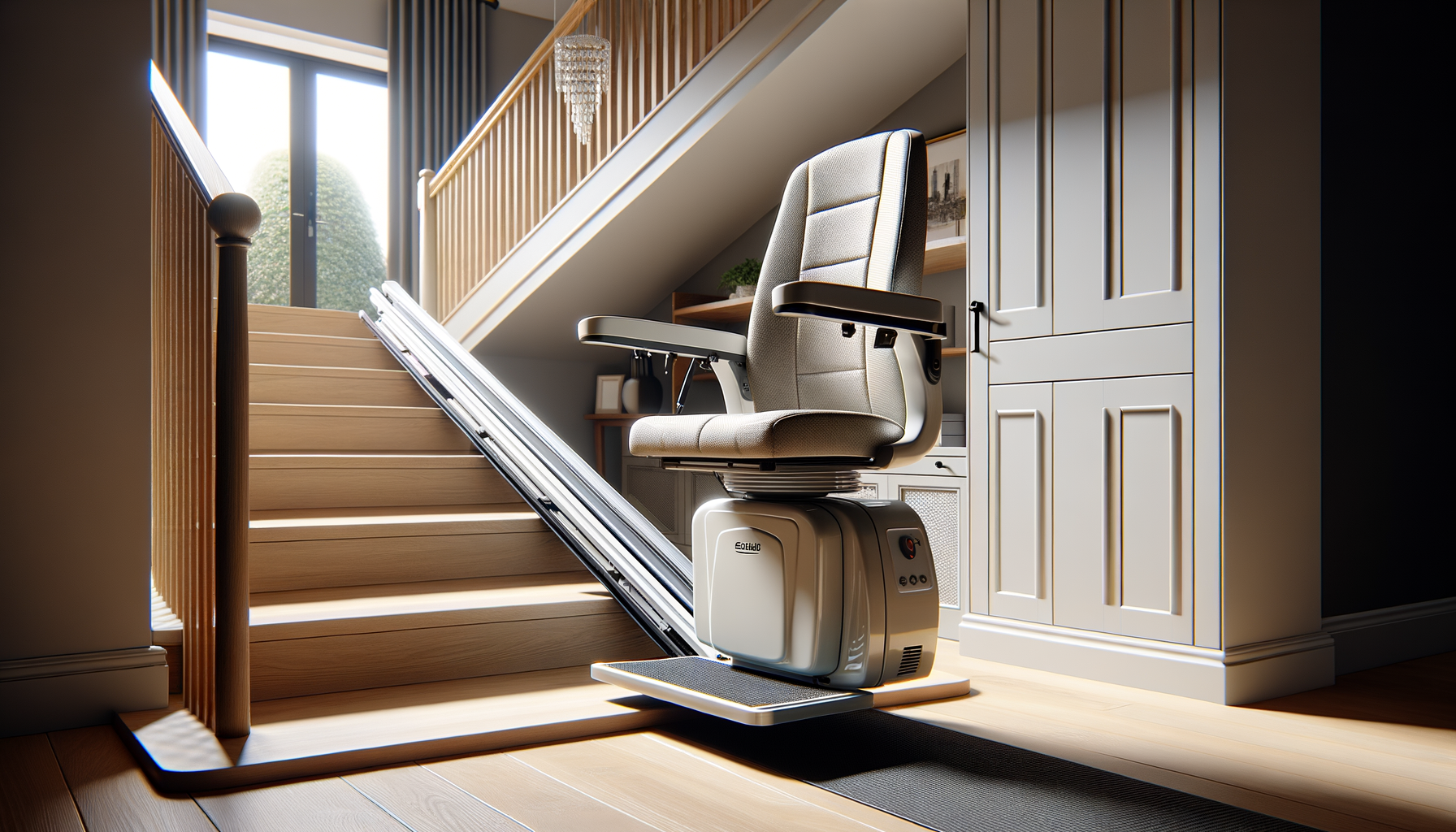Introduction to Stairlifts
Stairlifts have become an essential solution for individuals facing mobility challenges. As populations age, the need for accessible living spaces has increased, making stairlifts a valuable addition to many homes. These devices provide a safe and convenient way to navigate stairs, enhancing independence and quality of life for users. Whether due to aging, injury, or disability, stairlifts offer a practical solution that ensures mobility within multi-level homes.
The importance of stairlifts lies not only in their functionality but also in their ability to restore a sense of freedom to those who might otherwise feel confined. By allowing access to all areas of a home, stairlifts help maintain the continuity of daily life. This article delves into various aspects of stairlifts, including their types, benefits, installation process, and maintenance tips.
Types of Stairlifts
Stairlifts come in several types, each designed to accommodate different stair configurations and user needs. The two primary categories are straight and curved stairlifts.
- Straight Stairlifts: These are designed for staircases without any bends or curves. They are typically more affordable and easier to install.
- Curved Stairlifts: Customized to fit the specific curves and landings of a staircase, these stairlifts are more complex and require precise measurements and manufacturing.
Additionally, stairlifts can be categorized based on their power source:
- AC-Powered: These stairlifts are plugged into a regular household power outlet. They are reliable but may not function during a power outage.
- DC-Powered (Battery Operated): These stairlifts use rechargeable batteries, which allow them to operate even during power failures, providing an extra layer of security.
Choosing the right type of stairlift involves considering the specific needs of the user and the architectural features of the home. Consulting with a professional can ensure that the chosen stairlift meets all safety and comfort requirements.
Benefits of Stairlifts
The benefits of stairlifts extend beyond mere convenience. They play a crucial role in enhancing safety and independence for individuals with mobility issues. Here are some key advantages:
- Increased Safety: Stairlifts reduce the risk of falls on stairs, which are a common cause of injury among older adults.
- Improved Independence: Users can move freely between floors without assistance, promoting a sense of autonomy.
- Enhanced Comfort: Modern stairlifts are designed with user comfort in mind, featuring padded seats and smooth ride mechanisms.
- Space Efficiency: Stairlifts are compact and do not obstruct the staircase, allowing others to use the stairs without difficulty.
These benefits make stairlifts a worthwhile investment for those looking to maintain their lifestyle and independence within their homes.
Installation Process
The installation of a stairlift is a critical step that requires careful planning and professional expertise. The process typically begins with an in-home consultation to assess the staircase and discuss the user’s needs. This is followed by precise measurements to ensure a perfect fit.
Once the stairlift is manufactured, professional installers handle the setup, which usually takes a few hours. They ensure that the stairlift is securely fitted and functions smoothly. After installation, users receive a demonstration on how to operate the stairlift safely.
Key considerations during installation include:
- Staircase Type: Whether the stairs are straight or curved will determine the complexity of the installation.
- Power Source: Deciding between AC or DC power based on the home’s electrical setup and the user’s preference.
- Safety Features: Ensuring that safety belts, sensors, and other features are in place and functioning correctly.
Professional installation is crucial for the safety and longevity of the stairlift, ensuring it meets all necessary standards and regulations.
Maintenance and Care
Regular maintenance is essential to keep a stairlift in optimal condition and ensure its longevity. Most manufacturers recommend periodic checks and servicing by qualified technicians. However, there are several maintenance tasks that users can perform themselves:
- Cleaning: Regularly wipe down the seat, armrests, and rail to prevent dust accumulation.
- Battery Care: For battery-operated models, ensure that the stairlift is parked at the charging point when not in use to maintain battery health.
- Visual Inspection: Regularly check for any visible wear or damage to the rail and seat.
Professional servicing should be scheduled at least once a year to check the mechanical and electrical components. This ensures that any potential issues are addressed before they become major problems, providing peace of mind for users and their families.
Conclusion
Stairlifts are a practical and efficient solution for those facing mobility challenges. They offer a range of benefits, from enhancing safety to promoting independence, making them a valuable addition to any home with stairs. By understanding the different types, benefits, installation process, and maintenance requirements, individuals can make informed decisions about integrating stairlifts into their living spaces.
As the demand for accessible home solutions grows, stairlifts will continue to play a vital role in enabling individuals to live comfortably and independently. Investing in a stairlift not only improves quality of life but also provides peace of mind, knowing that mobility challenges are being addressed effectively.




Leave a Reply